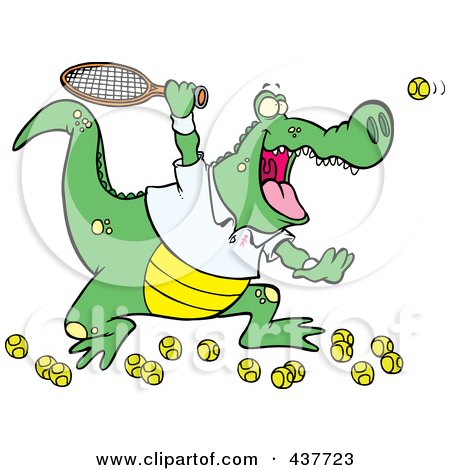 Turtles live almost everywhere in the planet, minus the Arctic and Antarctic. Turtles cannot take off their shells, ever, since they are used for protection but they can hear, and they do have ears. However it is the outer ear that humans have, but the inner ear that most animals possess. Turtles can live for an extremely long time. There is one kind of turtle that can live for over 200 years. Turtles can also survive on land and water, and they do take care of their young. They lay their eggs and walk away.
Turtles live almost everywhere in the planet, minus the Arctic and Antarctic. Turtles cannot take off their shells, ever, since they are used for protection but they can hear, and they do have ears. However it is the outer ear that humans have, but the inner ear that most animals possess. Turtles can live for an extremely long time. There is one kind of turtle that can live for over 200 years. Turtles can also survive on land and water, and they do take care of their young. They lay their eggs and walk away.Identify the fitness components being addressed in squad square fitness. Where are these components located on the New York State Conceptual Framework for K-12 Physical Education?
The squads worked on step-ups, ski jumps, and hand walks. They worked on agility during step-ups, and almost cardiovascular endurance for all of them since every physical component included getting your heart rate up. Although there is no specific spot for agility on the New York State framework, cardiovascular endurance is found under health related fitness.
Prescribe series of ball handling skills for second grade boy or girl that is afraid of catching a ball. What kind of objects might you prescribe for throwing and catching.
I would start with completely taking the ball away. Since most balls are hard, and even the softee versions of balls are not that soft. I would start with using a foam ball, or even a bean bag like we did depending on the comfort level of the student. I first spend time having the student throw the ball to themselves just about head level. In my coaching experience I have found that most kids fear of the ball is because someone else is throwing it and they are scared to get hit. I would increase the height of the ball depending on the students comfort level. This can be modified using many objects such as a balloon, a softee ball, a plastic play ball, all depending on their comfort level. Eventually I would work up to tossing the ball to them from a kneeling position to see if they are more comfortable.
What are some of the guidelines you would follow in pairing students for throwing and catching?
This one is tricky because usually you don't want to pair a lower skill student with a lower skill student, but in the case of throwing and catching I believe that you should at least start off this way, just to introduce the skill and the uncomfortable feeling that is first associated with having something thrown at your face. However, as the students get better I would split them and put them with students with lower skilled students, just so they lower skilled students could get used to seeing the proper technique of throwing and catching. I would monitor them to make sure the higher skill students are not over powering the other student. Also, this makes sure that the lower skilled students are not being left behind and will not learn to hate throwing and catching.
How would you help a special needs student learn to catch that displays delayed motor control and lack of fine motor control dexterity?
 I would work with them on doing the "alligator". By this I mean that the student practices catching the ball with two hands, but without the ball. This work on his fine motor skills with his hands and still relates to the skill so they won't feel out. When I introduce a ball, I will say the alligator wants to get the ball in his mouth and I will practice, without throwing the ball yet, his timing to catch the alligators food. After they have this done, I will start actually throwing the ball, slowly so that it arcs. Progressing to faster throws, and eventually throwing a full fledged ball. This is a cue that the student will remember for the rest of their lives, so even after they can full catch a ball they will still use the alligator to remind them to watch with two hands.
I would work with them on doing the "alligator". By this I mean that the student practices catching the ball with two hands, but without the ball. This work on his fine motor skills with his hands and still relates to the skill so they won't feel out. When I introduce a ball, I will say the alligator wants to get the ball in his mouth and I will practice, without throwing the ball yet, his timing to catch the alligators food. After they have this done, I will start actually throwing the ball, slowly so that it arcs. Progressing to faster throws, and eventually throwing a full fledged ball. This is a cue that the student will remember for the rest of their lives, so even after they can full catch a ball they will still use the alligator to remind them to watch with two hands.
No comments:
Post a Comment